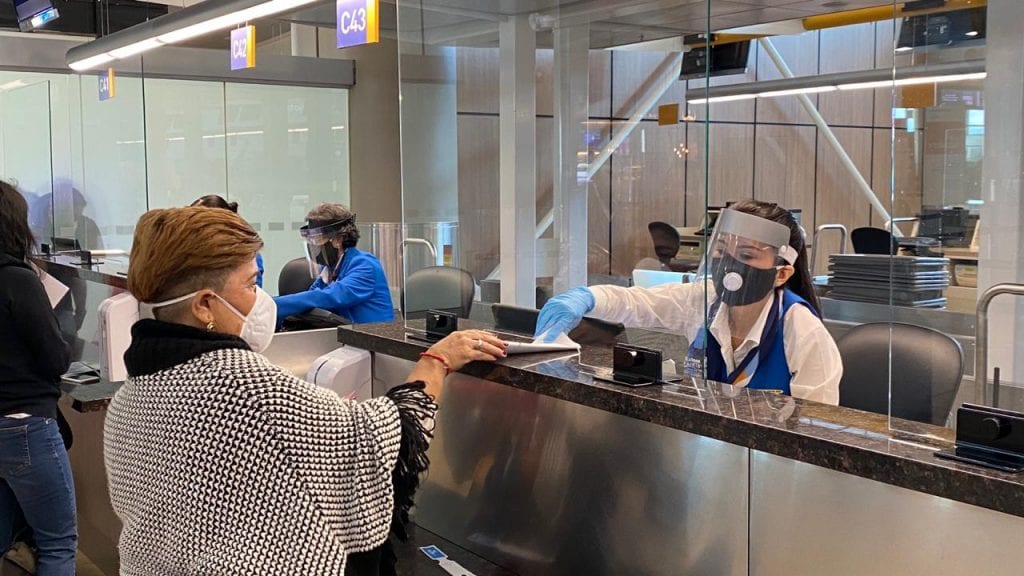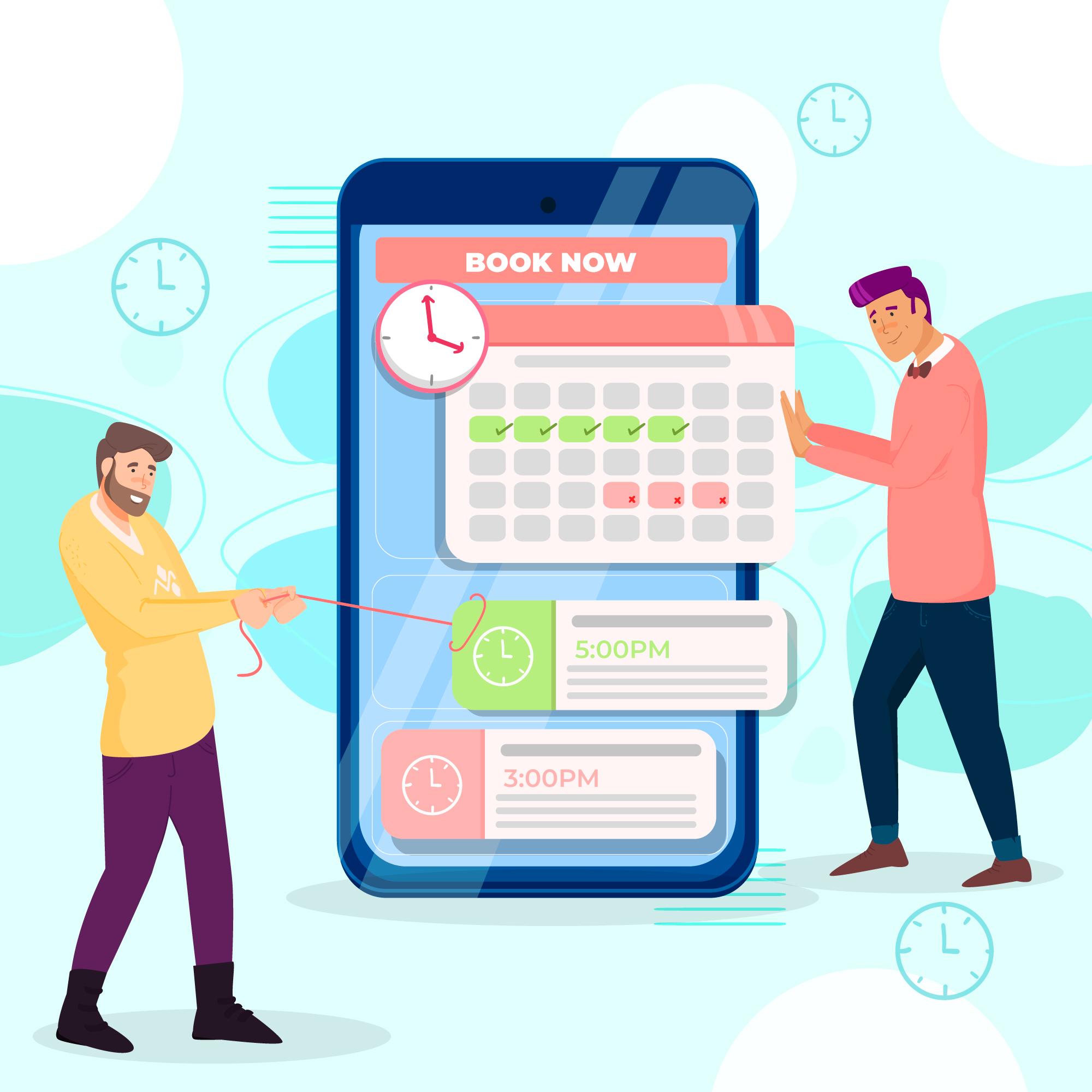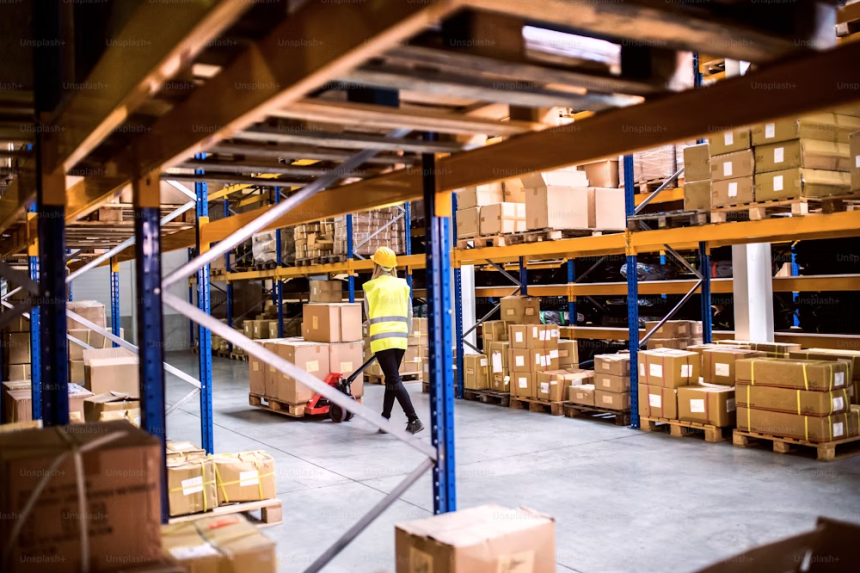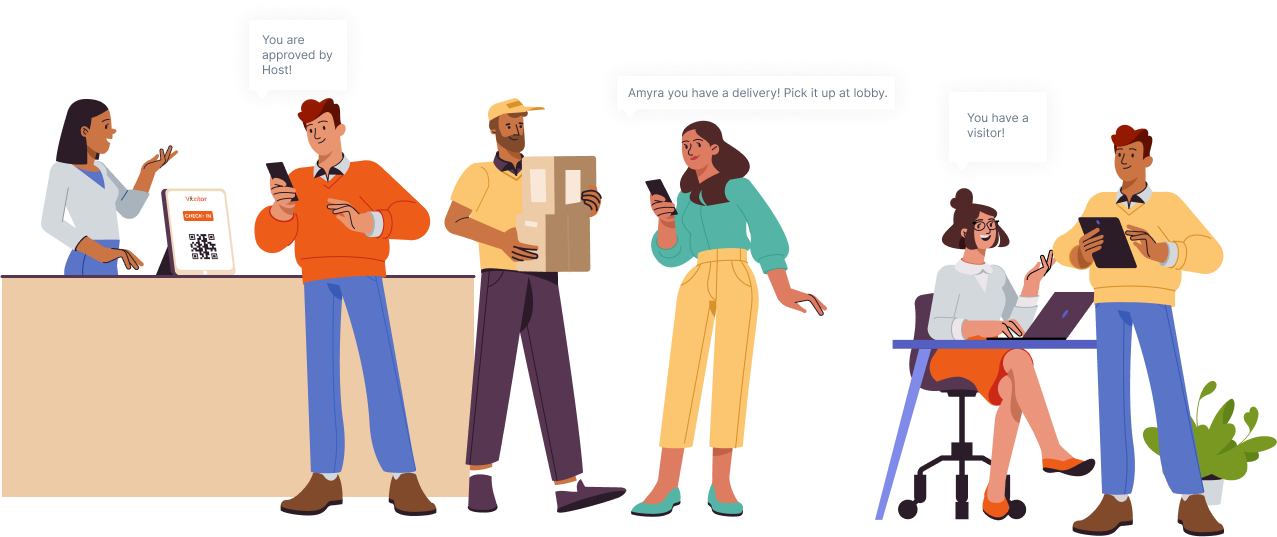Table of Content
Try Vizitor for Free!

Mon, Apr 12, 2021
Read in 4 minutes
As businesses and offices grapple with how to safely return to work following COVID, solutions such as remote visitor management systems are more important than ever. Visitor management systems are becoming Touchless in response to the Coronavirus. They can also help with contact tracing. Furthermore, providers are adapting their solutions to ask questions about their health, travel, and potential COVID exposure.
In this article, you will learn about:
-
The importance of a visitor management system for offices.
-
Advantages of Using the System
-
How to Protect Your Workplace Against the Covid-19
#The need of Visitor Management System for workplace:-
Visitor management systems manage a visitor’s arrival, presence, and departure from the workplace.In your workplace, there are numbers of visitors including contractors, delivery personnel, workers, clients, job candidates, or other -staff. To manage them, there is the need of a digital management system. Visitor management systems may include a variety of features, such as screening systems, Touchless sign-in, contract tracking, scheduling, and more.
What Do Visitor Management Systems Do?
These systems serve a variety of functions:
-
Visitors’ schedules
-
Visitors are being screened
-
Keeping track of arrival, presence, and departure
-
Keeping visitor information secure and preventing unauthorized access
-
Getting rid of the lines and crowds at the reception
-
Improve the brand experience
-
Improved workplace health and safety
-
Introducing Touchless check-in
Benefits of using Visitor management system
-Ease of Use: This system is very easy to use and user friendly. This system allows visitors to digitally sign-in themselves at reception using their device. The setup of the system is simple to access and use, with a clean and user-friendly user interface.
-Contact Tracing: The ability to support and improve contact tracing is a critical feature in today’s systems. To identify who may have been exposed to someone with Covid-19, the system should integrate with access control and then any functions integrated with access control, such as video and intercoms.
-Data Analysis: Visitor management databases enable organisations to examine their cumulative data, such as common arrival and departure times, frequent guests and hosts, and average time spent in specific areas on site. This allows for more efficient resource allocation, such as security officers and receptionists.
- Notifying Employees: With this system, employees may wish to be notified of a visitor’s arrival via email, phone call, text via a specific app, and so on. A visitor management system should provide a variety of notification options.
How to Protect Your Workplace Against the Covid-19?
Staff Buy-In: Who is going to be the first to encounter a system’s nuances and problems, and who is likely to hear complaints from visitors who are unable to check-in? Receptionists and security personnel That is why it is critical to involve them in the process of updating, upgrading, or selecting a new visitor management system. They should participate in the review and selection process, as well as test all of the features.
System Selection: Organizations should decide whether an office-based or cloud-based system is preferable based on the considerations discussed above. If the latter is the case, SaaS may be a more practical option. Whatever option is chosen, it should integrate easily with existing or soon-to-be-installed access control, video, intrusion detection, and other systems.
Testing: Once the system is up and running, set aside some time to put it through its paces. This encompasses all aspects of the system, including pre-registration, touchless interaction, and staff notifications.
Health and Safety Tools: Today’s cutting-edge visitor management systems include COVID-critical features like health questionnaires, and temperature checks. Some systems include — or integrate with — employee COVID screenings, which include personal protective equipment inventory and allocation management, employee scheduling for staggered shifts, and capacity planning for social distance enforcement.
In conclusion
Visitor management system provides a high level of security to the visitors. As a result, today’s most effective systems not only consider security, convenience, experience, and analytics, but also provide dependable features for reducing tampering.











